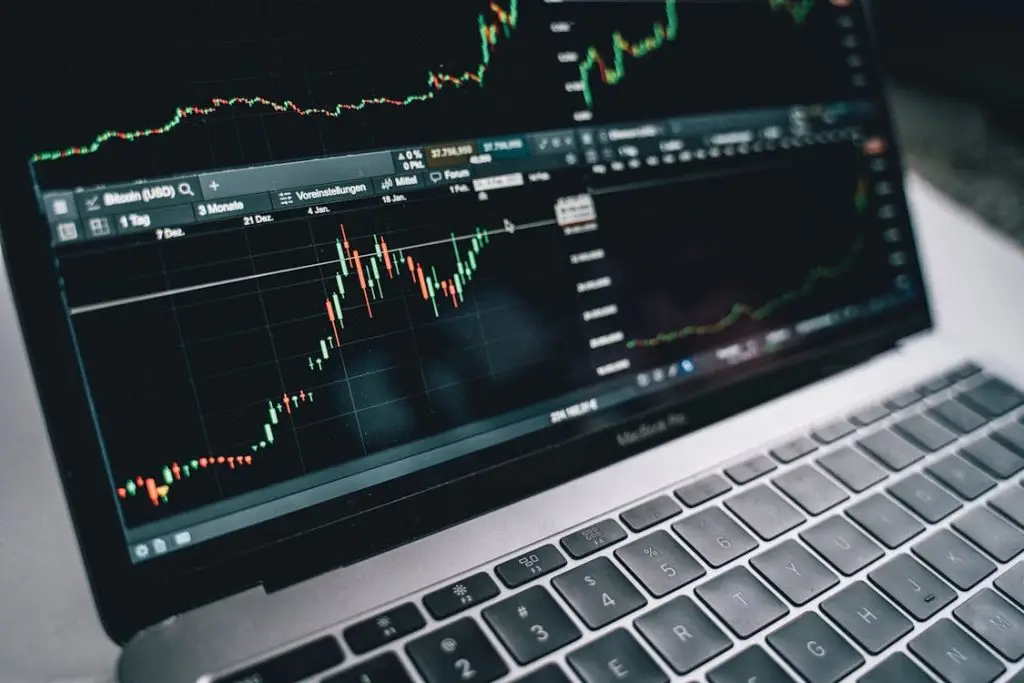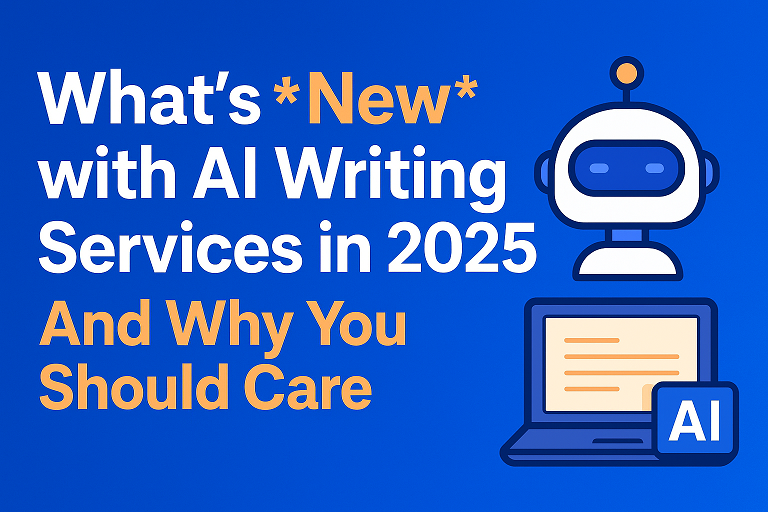The world of investing has always been a complex landscape, requiring insight, analysis, and, sometimes, a bit of luck. However, with the rise of artificial intelligence (AI), investors now have access to sophisticated tools that can analyze large volumes of data and potentially predict promising investment opportunities. But how effective is AI in making these predictions, and can it truly replace the human intuition and experience that traditionally guided investments? Let’s explore how AI is being used in investment prediction, the benefits and limitations, and what the future holds for this technology in finance.
How AI Works in Investment Prediction
AI in investment is typically centered on machine learning (ML) and deep learning, which involve training algorithms to recognize patterns within large datasets. These algorithms can be fed historical data, such as stock prices, economic indicators, financial statements, and even non-financial data (like news sentiment and social media trends), to identify trends and make predictions.
Here are some of the key AI techniques used for investment predictions:
- Data-Driven Decision Making: AI systems can sift through enormous datasets much faster than humans. For instance, an AI algorithm can analyze historical prices, earnings reports, and even industry news to create models that predict stock movements.
- Natural Language Processing (NLP): NLP is a subset of AI that can analyze textual data. In finance, NLP is used to analyze news articles, earnings call transcripts, and social media for sentiments that may impact stock prices. For example, if a company has positive media coverage, NLP algorithms might flag it as a potential investment opportunity.
- Predictive Analytics: This involves using historical data to predict future events. Predictive analytics can help investors identify trends and potential risks, making it easier to decide which stocks or sectors are likely to perform well.
- Reinforcement Learning: This type of machine learning is often used in algorithmic trading. In reinforcement learning, an AI system “learns” from trial and error by testing different strategies in simulated markets. Over time, it refines its approach to maximize returns.
- Automated Trading Systems: Some AI algorithms are designed to execute trades automatically based on real-time data analysis. These systems can react to market conditions within milliseconds, making them extremely efficient for high-frequency trading.
Advantages of AI in Predicting Good Investments
- Processing Large Amounts of Data: AI can analyze millions of data points far faster than any human analyst. This allows AI to detect patterns that might be missed through manual analysis, potentially leading to better-informed investment decisions.
- Data-Driven Objectivity: Human decision-making is influenced by biases, emotions, and external pressures. AI, on the other hand, uses algorithms that rely purely on data, which can lead to more objective investment decisions.
- Real-Time Analysis: AI models can analyze and interpret data in real-time, allowing investors to respond to market changes instantly. This can be especially beneficial for short-term trading, where rapid response times are crucial.
- Reduced Research Time: By automating data analysis, AI tools allow investors and analysts to spend less time on research and more time on strategy and decision-making.
- Risk Management: AI can be used to develop risk management models that identify potentially risky investments and prevent losses. This can be particularly useful during periods of market volatility.
Challenges and Limitations of AI in Investment Prediction
Despite the promising applications, AI in investment is not without limitations. Here are some key challenges:
- Data Quality and Availability: AI models are only as good as the data they’re trained on. If the data is incomplete, biased, or outdated, it can lead to inaccurate predictions. Also, AI models may struggle with “black swan” events — unpredictable, rare occurrences that can significantly impact markets, such as the COVID-19 pandemic.
- Overfitting: AI models can sometimes “overfit” data, meaning they become too focused on historical patterns and fail to adapt to new market conditions. This can lead to inaccurate predictions, especially in volatile markets.
- Market Efficiency: The Efficient Market Hypothesis (EMH) suggests that all known information is already priced into assets, making it difficult for anyone — including AI — to consistently outperform the market. If EMH holds true, AI’s ability to find “hidden” opportunities might be limited.
- Ethical and Regulatory Issues: Automated trading systems driven by AI can impact markets by causing rapid price fluctuations, potentially leading to issues like flash crashes. Additionally, the use of AI in finance is under scrutiny by regulators to prevent market manipulation and ensure transparency.
- Lack of Human Intuition: While AI can analyze data objectively, it lacks the intuition and nuanced understanding that experienced investors bring to the table. Many successful investors combine quantitative analysis with qualitative factors, such as evaluating a company’s leadership or understanding industry trends that aren’t yet reflected in the data.
Real-World Applications of AI in Investment
Several investment firms and hedge funds already use AI for asset management, quantitative trading, and portfolio optimization. Here are a few ways AI is being utilized:
- Quantitative Hedge Funds: Hedge funds like Renaissance Technologies and Two Sigma use AI-driven models to trade financial instruments. These funds rely on advanced algorithms to make split-second trading decisions, aiming to generate consistent returns.
- Robo-Advisors: AI is also central to robo-advisors like Betterment and Wealthfront, which offer automated, data-driven investment advice to individual investors. These platforms consider user preferences and financial goals to suggest portfolios tailored to each investor’s risk tolerance.
- Credit Scoring and Lending: AI is also used by financial institutions to assess creditworthiness, with lenders relying on machine learning models to predict whether a borrower will default on a loan. By analyzing a broad set of factors, AI can improve the accuracy of credit assessments.
Can AI Predict Good Investments?
While AI has the potential to assist in identifying good investment opportunities, it is not a crystal ball. AI excels at finding patterns in historical data, executing trades at high speeds, and analyzing market sentiment, but it cannot eliminate risk or guarantee success. Successful investing often combines data-driven insights with human experience, intuition, and a deep understanding of macroeconomic trends.
In many ways, AI can serve as a powerful tool in an investor’s toolkit, but it is not a replacement for strategic planning and critical thinking. Investors can use AI-driven insights to complement their own analysis, leading to more balanced and potentially lucrative investment decisions.
Conclusion: A Complement, Not a Substitute
AI is transforming the investment world by providing unprecedented access to data and analysis, but it has its limitations. For investors, the most effective approach may be to use AI as a complement to human expertise rather than a substitute. By combining the speed and objectivity of AI with human insight, investors can make more informed, balanced, and strategic decisions. As AI continues to evolve, it will likely play an even greater role in investment strategy, but the human touch will remain essential for interpreting data, navigating uncertainties, and recognizing opportunities that algorithms may overlook.




